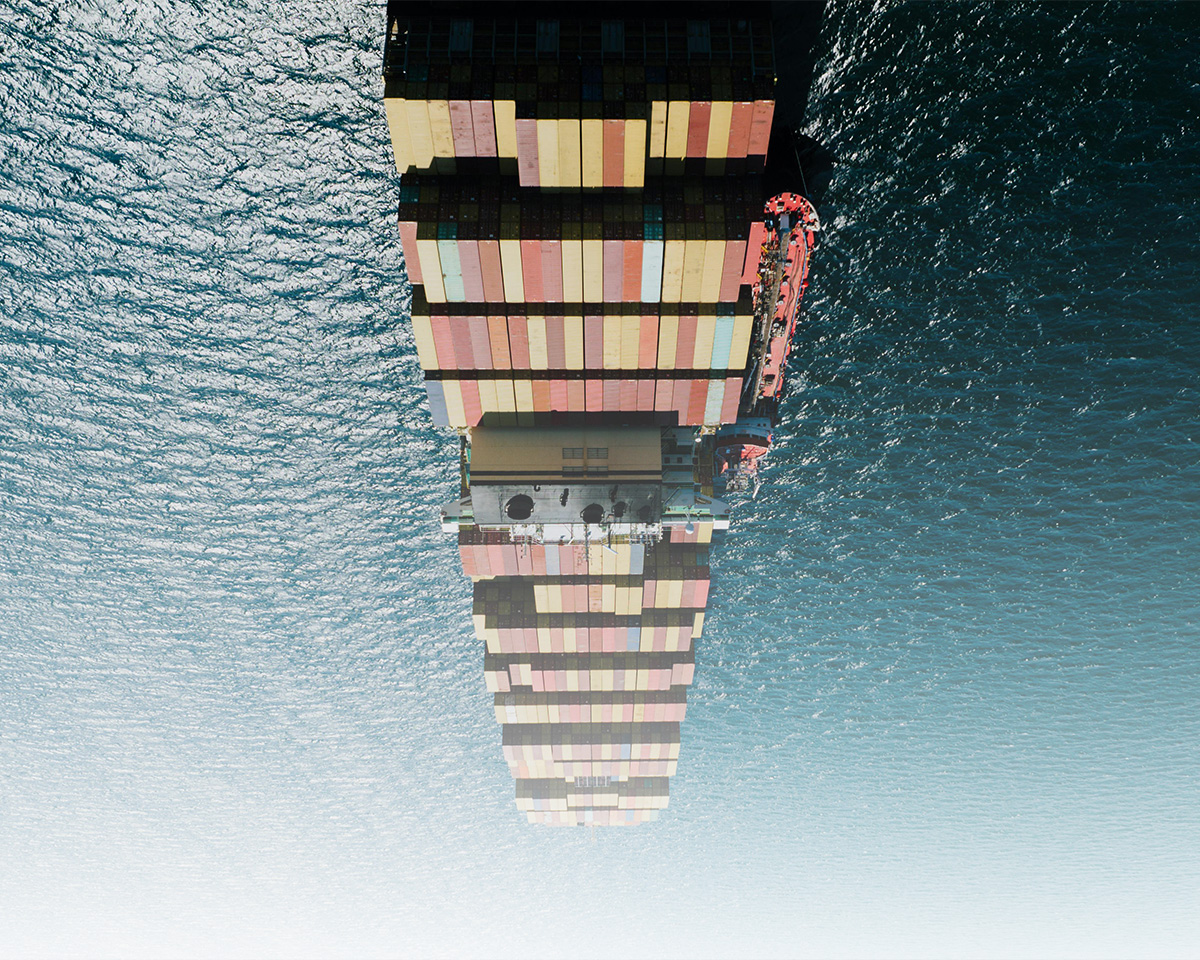TARIFF DRAMA: THESE ARE THE DAYS OF OUR ECONOMIC LIVES

In an ongoing series of chaotic changes to fundamental global trade policy, the world remains forced to watch daily episodes of economic confusion. With uncertainty at peak level, it’s important to separate what we do know from what we don’t. Let’s start with what we do know:
What is the current tariff situation? Global blanket tariffs imposed by the Trump Administration on all countries have been adjusted from the previous levels to a general 10% level. However, there are three exceptions: China will get a special 145% tariff, and Russia and North Korea will get no tariffs at all. It’s important to note that the 10% rate is only a 90-day temporary rate. The direct is that Trump’s tariff policy is 100% at the whim of the president. Constitutionally, the power to levy tariffs is an Article 1 power, but, at present, the decision by Congress has been to allow these tariffs under emergency powers.
How does this affect the apparel industry? That’s a more difficult question. The honest answer is that nobody knows. We do have some data, however. Total US fashion imports in 2024 totaled $79.3B (the largest share of $107B apparel and textile import figure) and of that amount, $28.7B come from China.
What does any of this even mean? The answer is fundamentally easy to explain and hard to quantify. Paul Krugman presented it nicely in a Bluesky post, but we’ll summarize it as good old-fashioned inflation. If Krugman’s math is right, at the new tariff rates above, we could be looking at a total market inflation rate of 19.2%. Krugman rightly points out that the total value of discretionary spending will not change, so more money spent on tariffs means less money spent on goods. This would tend to suggest a slowdown in purchasing volume as a result.
Will this affect fashion more or less than other industries? There’s no way to know until we’re sifting through the data after-the-fact. But we can consider some data to give us some clues. For context of how that might proportionally impact the fashion industry, of total Chinese imports of $438B, roughly 17% is the fashion slice of that pie. For context, fashion imports make up less than 3% of US imports from the non-Chinese sources. It’s critical to note that even the 2% of clothing that is so-called American Made is often produced with imported textiles subject to these tariff rates.
Why not import from somewhere else? While China isn’t the only major exporter of fashion and textiles to the US, (Vietnam and Bangladesh are the next two largest exporters) it isn’t as simple as pointing in a new direction. It is likely that both countries would need to increase capacity before they could increase output, which takes time, and when tariff policy changes on a whim, putting up the investment capital required to build new factories risks those policies changing again before those factories could produce a single bolt.
The future is uncertain and as this drama continues, who knows what will happen in the next episode. The market will adjust and eventually things will probably be alright, if alright means anything at all. The shipping container vessels arriving today set sail before any of this even started (it takes 15-30 days to cross the Pacific). Without a better answer to provide, it seems all we can do for now, whether we like it or not, is stay tuned.


